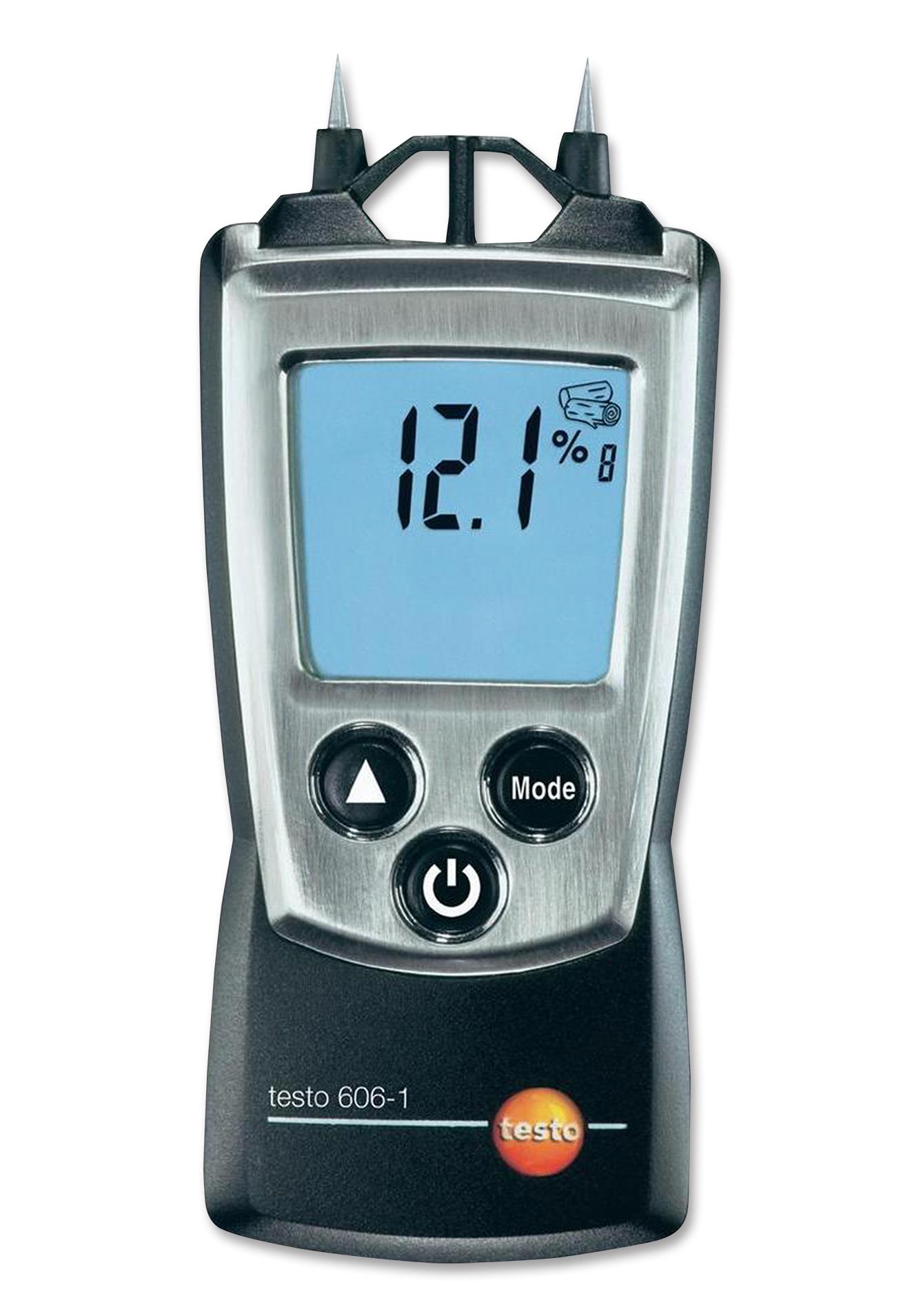Leading 10 Benefits of Using a Moisture Meter for Definite Measurements in Your Home
Leading 10 Benefits of Using a Moisture Meter for Definite Measurements in Your Home
Blog Article
The Ultimate Guide to Wetness Meters: A Comprehensive Review and Just How They Can Conserve You Cash
Moisture meters offer as vital tools in finding and monitoring moisture material in products, helping in avoiding costly problems and ensuring the quality of products. Recognizing the subtleties of different kinds of wetness meters, their applications, and the possible cost-saving advantages they offer can be a game-changer for specialists and companies alike.
Types of Moisture Meters
One typical type is the pin-type dampness meter, which determines the electrical resistance in between two pins placed right into a product. Pinless dampness meters, on the other hand, use electromagnetic sensing unit plates to check a larger area without creating damages to the material's surface area.

Infrared dampness meters gauge the thermal residential properties of a material to identify its wetness material non-invasively, making them beneficial for applications where pin or pinless meters might not be appropriate. Understanding the different types of wetness meters available can assist sectors select the most proper device for their particular dampness measurement requirements.

Advantages of Making Use Of Dampness Meters
Dampness meters use very useful benefits in properly examining and monitoring wetness degrees in diverse products and atmospheres. One of the primary benefits of utilizing dampness meters is the avoidance of prospective damages triggered by excess moisture.
Furthermore, utilizing dampness meters can lead to raised power effectiveness. In agricultural setups, dampness meters play an essential role in maximizing crop yields by enabling farmers to keep an eye on soil dampness degrees and make educated watering decisions.
How to Select the Right Dampness Meter
Picking the proper moisture meter entails thinking about vital aspects such as product compatibility, measurement variety, and calibration accuracy. When selecting a moisture meter, it's necessary to make certain that the meter is ideal for the details material you will certainly be testing. Different products have differing electric residential or commercial properties that can influence wetness analyses, so picking a meter created for your material is crucial for precise outcomes. Furthermore, consider the dimension series of the moisture meter. Guarantee that the meter can identify wetness levels within the array required for your applications. Calibration precision is another important factor to remember. Go with a moisture meter with dependable calibration to make sure accurate and regular readings. Some meters may need regular calibration modifications, so recognizing the calibration process is crucial. By thoroughly reviewing these elements, you can select a moisture meter that satisfies your requirements and supplies precise moisture dimensions for your jobs.
Correct Methods for Wetness Meter Usage

Price Savings Through Wetness Meter Applications
Just how can the strategic usage of wetness meters lead to substantial expense savings across different markets? In the agriculture market, dampness meters help in determining the optimum time for harvesting plants, stopping over-drying or excess moisture that can impact the last product's top quality.
Similarly, in construction, moisture meters help stop expensive problems by finding moisture degrees in structure products, such as timber or concrete, which can result in structural issues if not addressed quickly. By identifying issue locations early on, professionals helpful resources can take rehabilitative procedures to prevent substantial repair services or replacements, eventually saving money and time.
Furthermore, in the food handling industry, moisture meters are crucial for monitoring item top quality and making sure conformity with safety and security laws. By properly measuring dampness web content in food items, makers can avoid putridity, maintain quality, and lower waste, leading to considerable cost savings. In general, the calculated application of dampness meters is a beneficial financial investment that can bring about considerable price decreases and improved efficiency across numerous sectors.
Conclusion
In final thought, dampness meters are valuable tools for spotting and gauging dampness degrees in numerous products. By utilizing the appropriate dampness meter and complying with correct methods, users can effectively avoid expensive problems caused by excess wetness.
Wetness meters serve as crucial devices in detecting and keeping track of moisture content in products, helping in stopping expensive damages and guaranteeing the quality of products. Infrared dampness meters gauge the thermal properties of a material to establish its moisture content non-invasively, image source making them helpful for applications where pin or pinless meters may not be suitable.Dampness meters use indispensable benefits in properly examining and keeping an eye on moisture levels in diverse products and settings. In farming settings, wetness meters play a crucial function in optimizing crop returns by making it possible for farmers to keep track of dirt wetness degrees and make notified irrigation decisions.In final thought, wetness meters are beneficial tools for determining and detecting dampness levels in various products.
Report this page